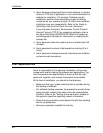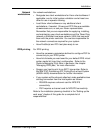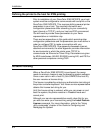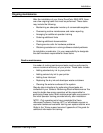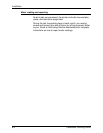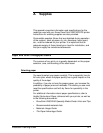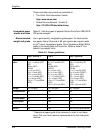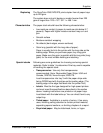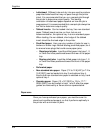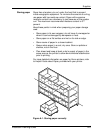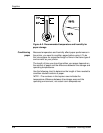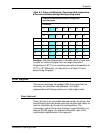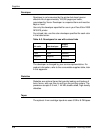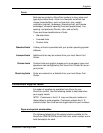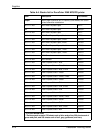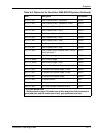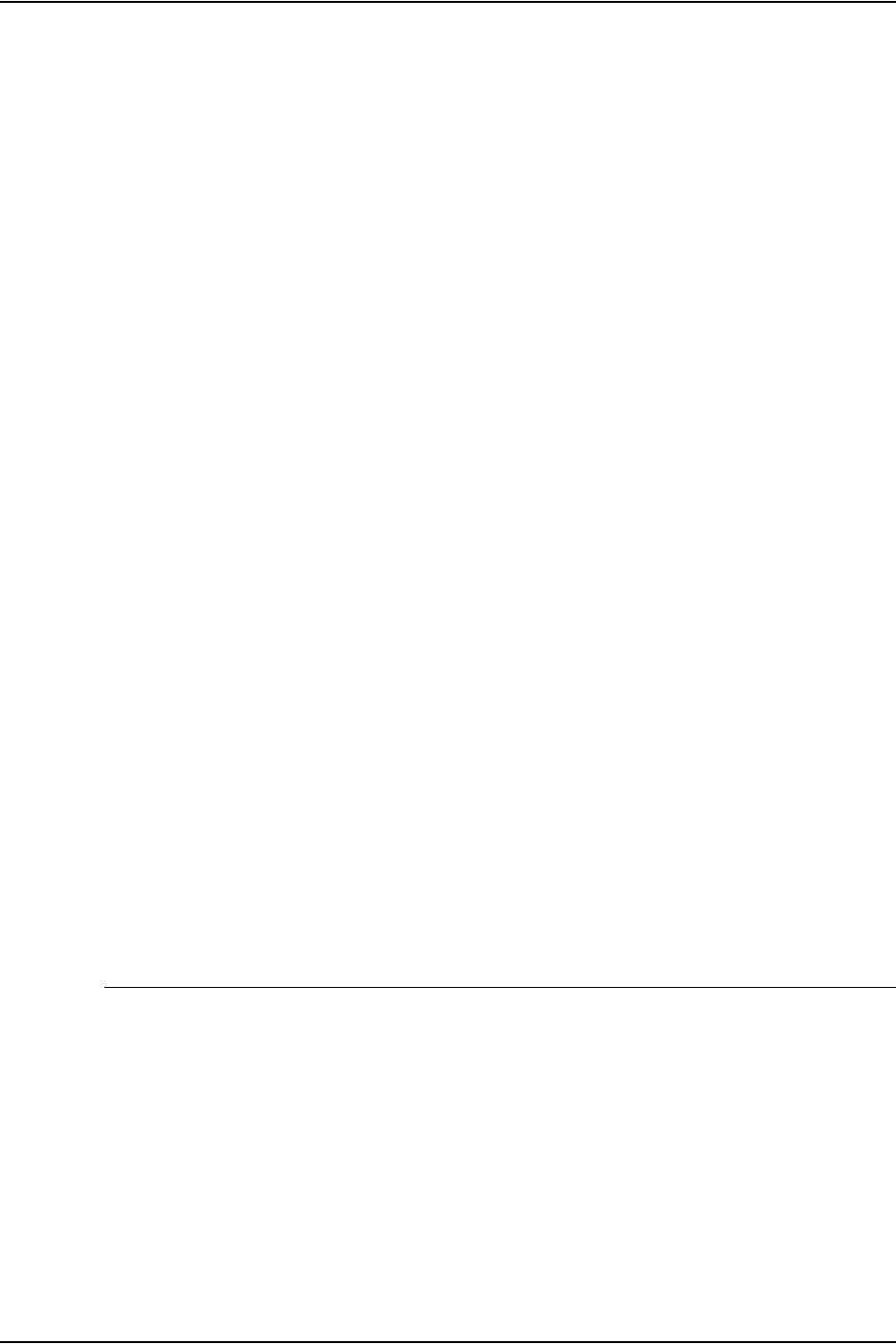
Supplies
A-4 Installation Planning Guide
• Letterhead: Different inks and dry inks are used to produce
preprinted letterhead that may not pass through the printer
intact. It is recommended that you run a sample job through
the printer to determine output quality. The loading
orientation of letterhead paper depends on how the job is
programmed. It is recommended that a sample job always be
run first to determine output quality.
• Tabbed inserts: Can be loaded into tray 3 as non-standard
paper. Tabbed inserts can be run from, but are not
recommended for, the optional tray 4 as non-standard paper.
When loading, the non-tabbed, short edge of the tabbed
insert should be the lead edge to the printer.
• Predrilled paper: Has a varying number of holes for use in
binders or binder rings. Before loading predrilled paper, fan it
to remove loose plugs that could cause paper jams.
– Simplex print jobs: Load the drilled paper into trays 1, 2,
or 3 with the holes positioned toward the rear of the paper
tray.
– Duplex print jobs: Load the drilled paper into trays 1, 2,
or 3 with the holes positioned toward the front of the paper
tray.
• Perforated paper
• Non-standard size paper: Paper (7.2 to 12.6 [LEF] or 7.2 to
19.2 [SEF]) can be loaded into tray 3 and optional tray 4.
Ensure that non-standard size paper is selected on tray 3 and
optional tray 4.
• Oversize paper: Paper (12 x 18” [SEF] or 12.6 x 17.7” /
SRA3 [SEF]) can be loaded in trays 1 and 2 after the paper
guides are removed by a Xerox service representative.
Paper care
Once you have purchased your paper, you must be sure it is
stored and conditioned properly, so that it performs optimally in
the printer with a minimum of jams.



